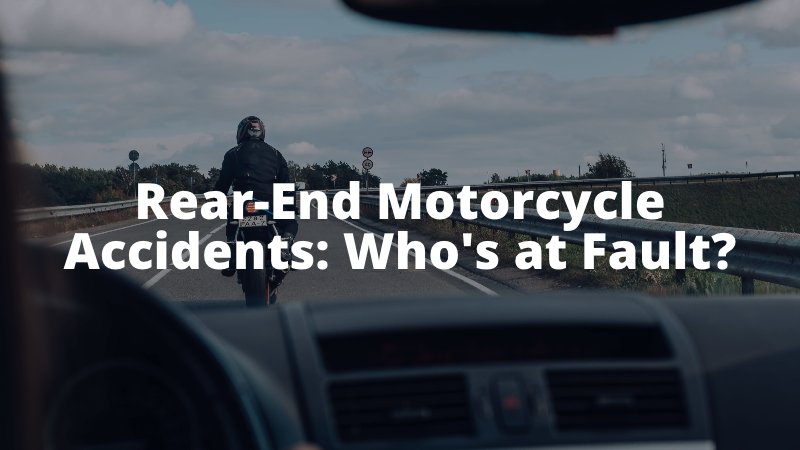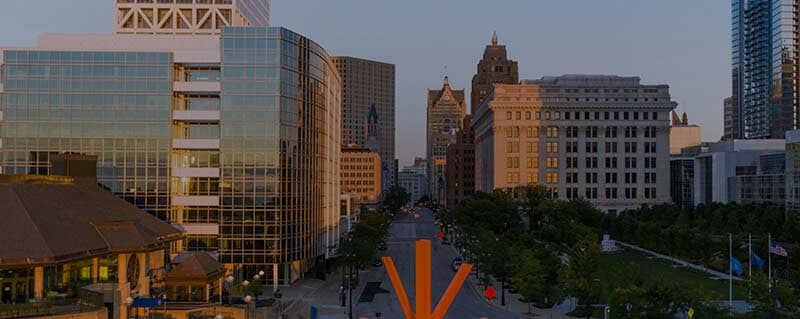Fault in Rear-End Motorcycle Accidents
Motorcycle accidents often result in serious injuries, even in minor rear-end accidents. Motorcyclists may be ejected from their vehicle or otherwise suffer catastrophic injuries. Proving the other driver is at fault may determine whether you can recover the compensation you need to recover from the accident. An experienced motorcycle accident lawyer from Mingo & Yankala, S.C. can explain your legal rights and options during a free case review.

Common Causes of Motorcycle Rear-End Accidents
Motorcycle rear-end accidents sometimes occur for the same reasons as accidents involving other vehicles, but they can also occur for reasons specific to motorcycles. Common causes of motorcycle rear-end accidents include:
- The driver of the passenger vehicle “didn’t see” the motorcyclist in front of them
- The driver of the passenger vehicle was distracted or inattentive
- The driver of the passenger vehicle was following too closely
- The driver of the passenger vehicle was speeding, changing lanes unsafely, or otherwise driving carelessly
A skilled motorcycle accident lawyer can determine the cause of your accident and who was at fault.
Wisconsin Law on Following Distances
In most rear-end accidents, the following driver is usually to blame for the accident. This is because Wisconsin law requires drivers not to “follow another vehicle more closely than is reasonable and prudent.” The closer a vehicle is to another vehicle, the less time the driver will have to stop and avoid an accident. Therefore, if a rear-end accident occurs, the driver in the rear may be to blame because they were following too closely.
The law also imposes additional restrictions on drivers of commercial trucks. Commercial truck drivers must generally keep at least 500 feet between them and the vehicle in front of them and leave enough space that a passing vehicle could occupy the space between the truck and the vehicle in front of it.
When the Front Driver Might Be at Fault
While the presumption is typically that the driver in the back is at fault for a rear-end accident, there are times when the front driver might be at fault, such as when that driver:
- Does not have working brake lights
- Abruptly maneuvers in front of the other vehicle in an unsafe manner that causes a collision
- Intentionally causes an accident, for example, by swerving and braking in front of another vehicle
- Reversing at the time of the collision
An experienced motorcycle accident lawyer can carefully review the circumstances surrounding the accident and identify important evidence that can help establish fault for the collision.
Evidence to Establish Liability
Showing the other driver was at fault for the accident is not always easy. However, an experienced motorcycle accident lawyer can investigate your accident and gather strong evidence to establish liability, which might consist of:
- Accident reports that indicate the other driver was at-fault for the accident or cited for a traffic violation
- Photos of the accident scene and the location of the property damage
- Videos from traffic cameras, dash cams, or surveillance footage
- Physical evidence, including broken car parts, debris on the roadway, or skid marks
- Cell phone records that indicate the driver was using their cellphone immediately before the accident
- Witness statements regarding the moments leading up to the accident
Reach out to a knowledgeable motorcycle accident lawyer from Mingo & Yankala, S.C. to learn more about how we can help.
